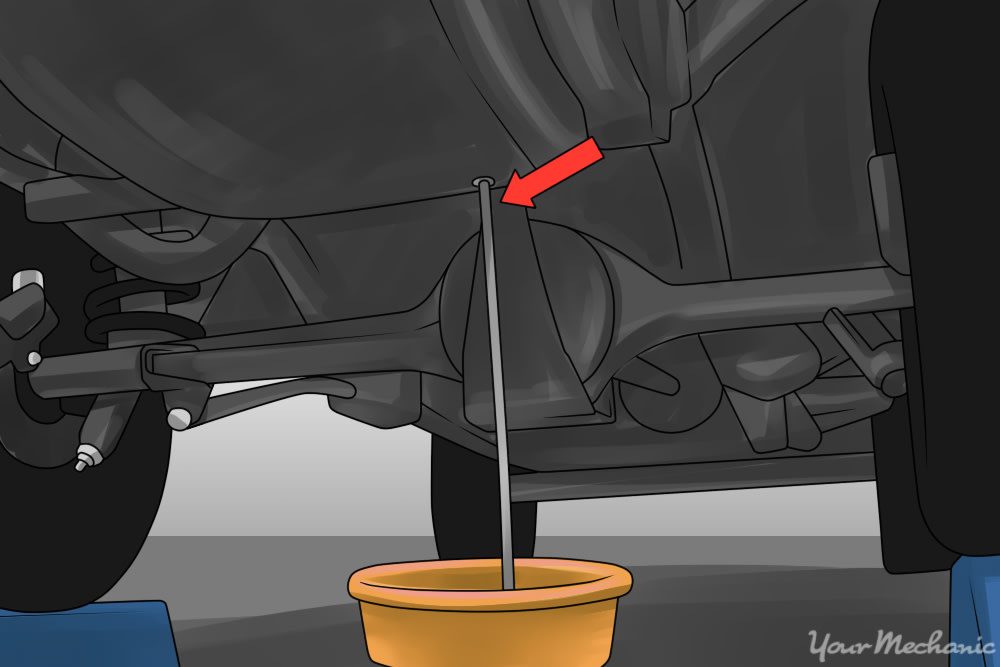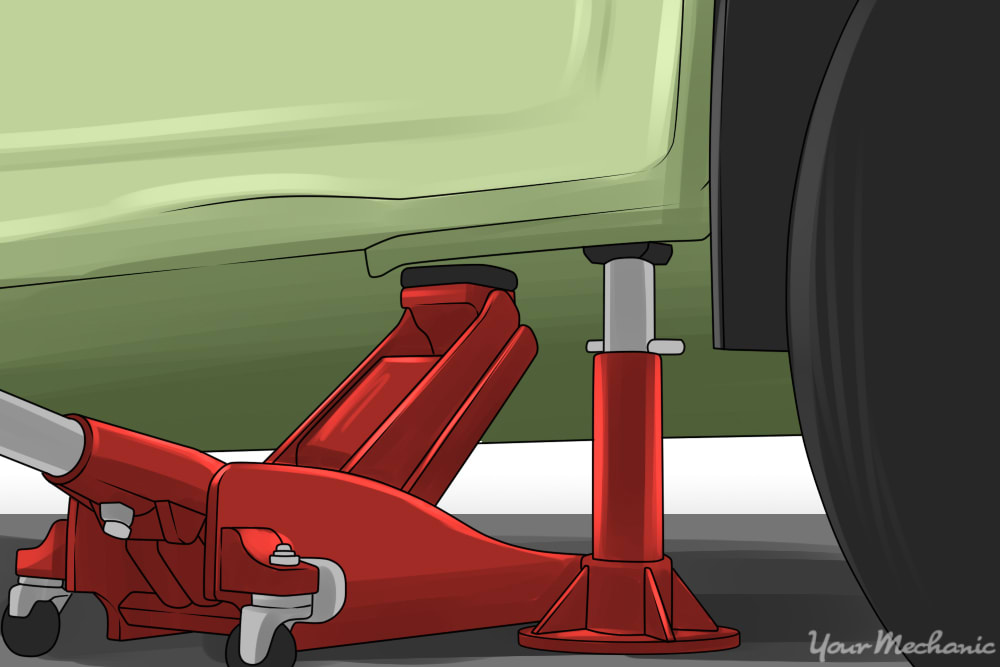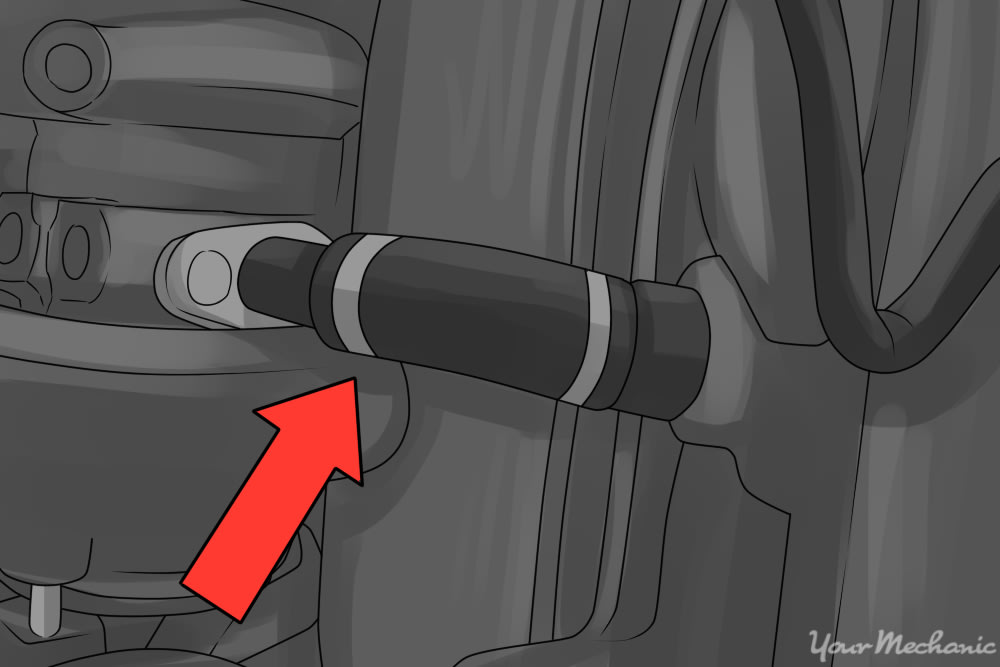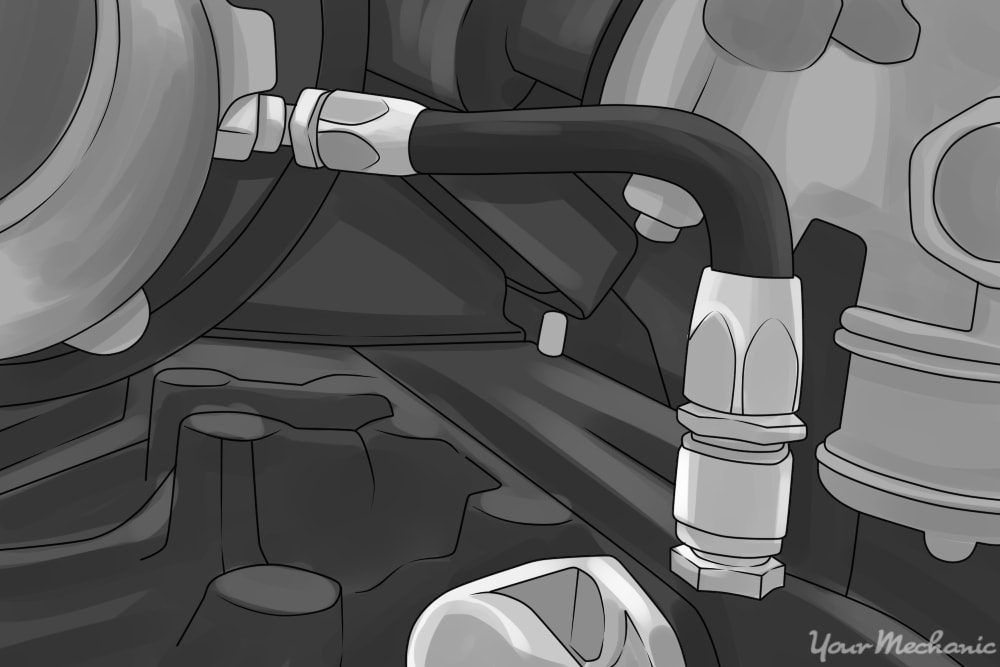

The internal combustion engine relies on oil to function. Pressurized engine oil is used to create a layer between moving parts. This layer of protection keeps moving parts from coming into contact with each other. Without this layer between the moving parts, excess friction and heat is created.
Some vehicles utilize a turbocharger on the engine. The turbocharger uses the exhaust from the engine to force more air into the engine. When more air can is added, the engine uses the available fuel with more efficiency and performance.
A turbocharger operates at very high temperatures and therefore needs a lot of oil circulated through it. There is typically a dedicated supply of oil just for the turbocharger. The oil return hose returns the oil directly back to the oil pan, after it passes through the turbocharger. These hoses are crucial in keeping your vehicle operating properly. Common symptoms of a failing oil return hose include cracks or bulges on the hoses and visible oil leaking from the car.
Part 1 of 1: Replacing the oil return hose
Materials Needed
- Drain pan
- Hydraulic jack
- Jack stands
- Screwdriver set
- Shop towels/rags
- Socket set
- Wheel chocks
- Wrench set
Step 1: Jack up the vehicle and set jack stands. Jack up the vehicle and set jack stands using the factory recommended jacking and stand points.
Warning: Always be sure jacks and jack stands are set on solid ground. Setting either on soft ground can lead to injury.
Warning: Never leave the weight of the vehicle on the jack. Always let the jack down and place the weight of the vehicle on the jack stands. Jack stands are designed to handle the weight of a vehicle of an extended period of time, whereas a jack is only meant to support this type of weight for a short period.
Step 2: Place wheel chocks on both sides of wheels still on the ground. This lessenx the likelihood of the vehicle rolling forward or back and falling off of the jack stands.
- Warning: The oil coming from the turbocharger will be extremely hot. It is highly recommended you allow the vehicle to cool for an hour or more before attempting any repairs.
Step 3: Locate the oil return hose on the turbocharger. The hose runs from the turbocharger to the oil pan area.
The above illustration shows the hose running from the turbocharger to a boss on the engine block, just above the oil pan.
- Note: It is possible for some oil to be lost when breaking into the oil system. It is recommended you place an oil drain pan underneath the area being worked on and have some shop towels/rags available to wipe up any spillage.
Step 4: Remove the oil return hose at the turbocharger. Remove the end of the oil return hose coming off of the turbocharger.
This may require the removal of any number and type of retaining hardware. This can include spring-type clamps, worm gear type clamps, threaded fasteners, or others..
Step 5: Remove the oil return hose at the oil pan. Again, this could be any number and type of clamp or fastener.
Step 6: Compare the replacement oil return hose to the one being removed. Be sure that the length is correct, it is the appropriate diameter, and has any required bends molded into it.
If trying to use straight hose when a molded hose was removed, it is absolutely imperative that you be sure the hose can be routed in a manner that will not cause the hose to kink and block off the flow of oil. A kink in the hose can lead to oil backing up into the turbocharger or oil starvation.
Step 7: Install the replacement oil return hose. At this point, it doesn’t really matter which end is installed first, but just be sure that all retaining hardware is reinstalled and tightened.
Step 8: Jack up vehicle and remove jack stands. Jack up the vehicle with the hydraulic jack and remove the jack stands.
Step 9: Start engine and check for leaks. With everything reinstalled and tight, start the engine and allow it to run for a couple of minutes.
With the engine running, look under the vehicle to verify there is nothing leaking. Shut the engine off.
Step 10: Check the engine oil level. After shutting the engine off, allow it to sit for a couple of minutes so that the oil can drain back down into the oil pan.
Pull the dipstick and verify that the level is within the correct operating level. Top up as necessary.
A properly operating oiling system is of the utmost importance when it comes to a turbocharged engine. The engine oil relies on proper circulation to be able to do its job of lubrication and cooling. If at any point you feel that you could use a hand replacing the oil return hose on your vehicle, have one of YourMechanic’s certified technicians do the repair for you.







